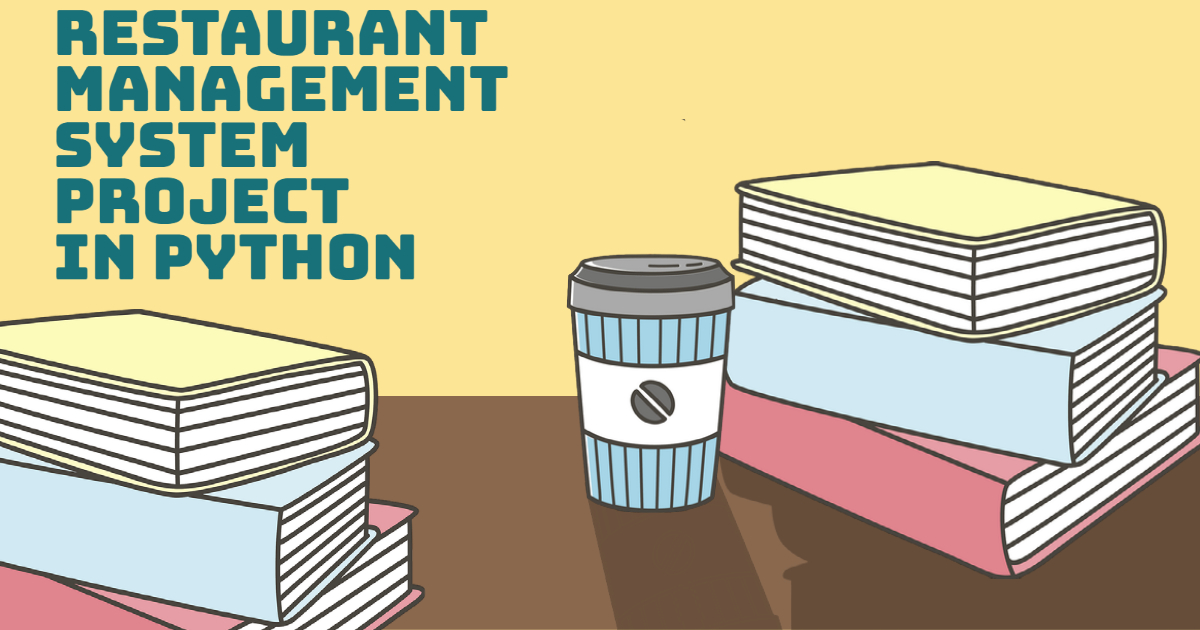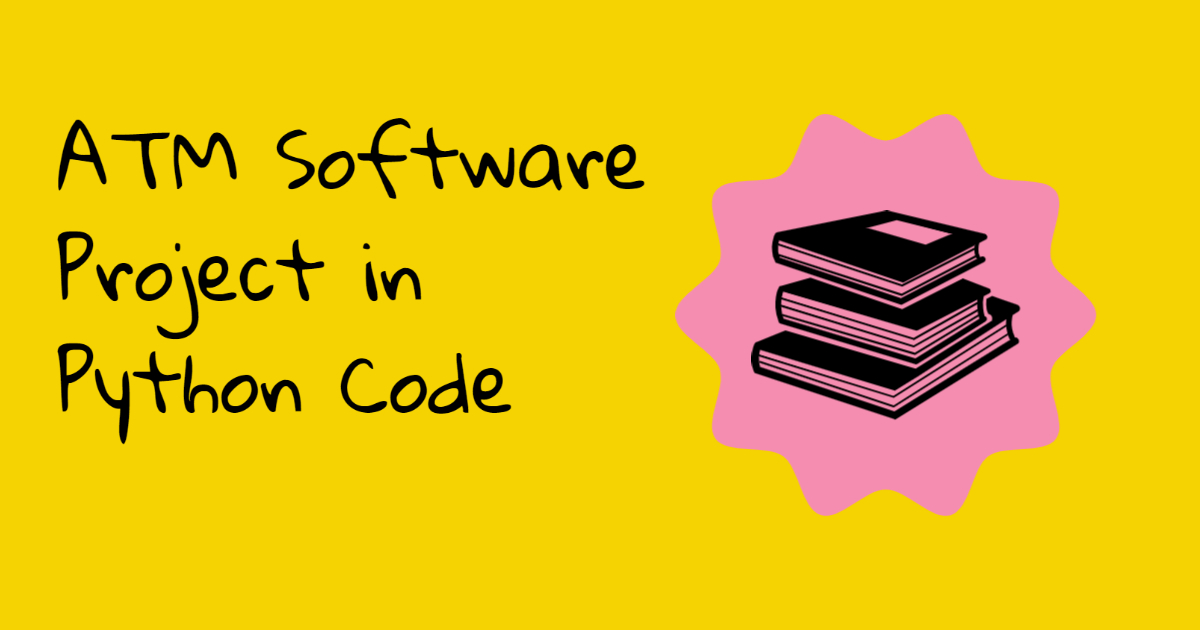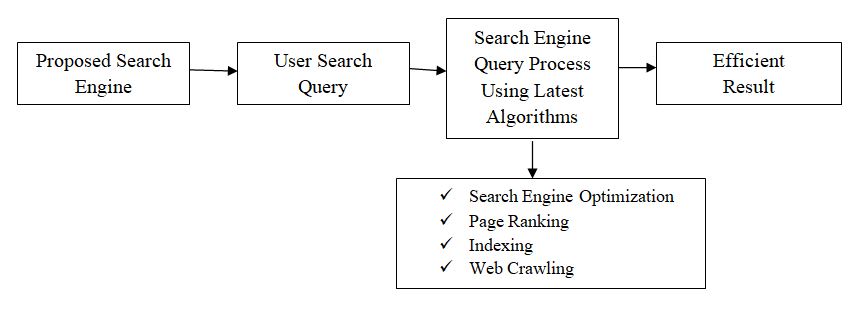Restaurant Management System
The Restaurant Management System project is a desktop application that is developed on the Python platform. This desktop application works 100% smoothly without any bugs. It is developed using python and Database none. This software code is helpful in academic projects for final-year students. The restaurant management software ecosystem is complex and getting more so every year. There are many technologies available that simplify and solve the challenges that restaurants face. We’ve got products for the entire spectrum of restaurant operations. Then there’s the whole universe of restaurant analytics. It seems that the need to simplify is spawning more complexities.
Digging Deeper into the Downside
As per the research, it can be suggested that for simplifying the operations the restaurant owners can see the requirement for the technology. But the challenge is to eradicate all the complexities that it brings to the experience of the guests. However, with the effective use of the technologies, the restaurant management system requires some complex interruptions and integrations as per the experience of the guests. Especially, when there is the existence of non-interactive systems. It is most difficult for restaurant owners to deal with the complex systems at the time of the rush of the guests in the restaurant. Even it becomes hectic for the invoice maker to make the bills for the guests. So to overcome this hassled situation, the restaurant management system is planned to give a simpler look with a simple and user-friendly user interface that supports smooth and easy operation even for one, who has no knowledge regarding restaurant management .
What is a Restaurant Management System and What makes it Good?
The software application of Restaurant Management is referred to be a system that usually deals with the entire operations of a restaurant including the management of its inventories along with the ordering of food, billing for the customers, and even food delivery. The restaurant category includes bars, cafes, lounges, bakeries, food trucks, etc. The system of restaurant management involves all the functionalities which include table reservations, a traditional system of POS, streamlined inventory management, billing, actionable analytics, along with managing the phone calls of the customers, and also benefits the marketing-related activities such as loyalty programs, and CRM with the online presence.
Restaurant POS
The key feature of the restaurant management system is the POS. Whenever the customer punches the order for food through the software application, then the details of the customer are fed into the database table of the system. Apart from this, the POS part of the system handles the other operations like billing, ticketing, and printing KOT. However, these three are considered to be the main operational activities handled by the POS of the restaurant management system.
With the help of this, the customer data can be analyzed in support of more informed decisions. These customer details are also used for pursuing the marketing operations which are automated like SMS campaigns, social media ad campaigns, automated emails, etc. This kind of software application for restaurants is highly beneficial in keeping track of the employees along with the inventory and sales of the restaurant. The complete package of the restaurant management system includes an RMS setup that involves both the hardware and software such as the barcode scanner, cash register and receipt printer on the basis of the organization of the restaurant. The total system simplifies the entire workload of the restaurant on daily basis.
Pricing of Restaurant Management System
The cost of your restaurant management system will depend on how complex it is, how many features it has, and as well as how many restaurant branches you’ll be managing with the help of this software. A basic Restaurant management system that manages your sales and accounting needs typically costs around $150 per year. An individual would need to pay monthly thousands of dollars for a much more complex complete RMS suite that would track all the requirements of a business across several locations. However, the upfront cost would also increase with the addition of integrated hardware, such as registers or tablets.
Conclusion
The project Restaurant Management System is built in Python programming language and it is a desktop application with a much more complex ecosystem but simplifies the daily operations of a restaurant. The entire package of the desktop application supports all kinds of restaurant operations thus leaving an impression of a soothing experience for the guests. The deployment of this system is much more beneficial than the installation of individual technologies across the entire operational stack of the restaurant.





